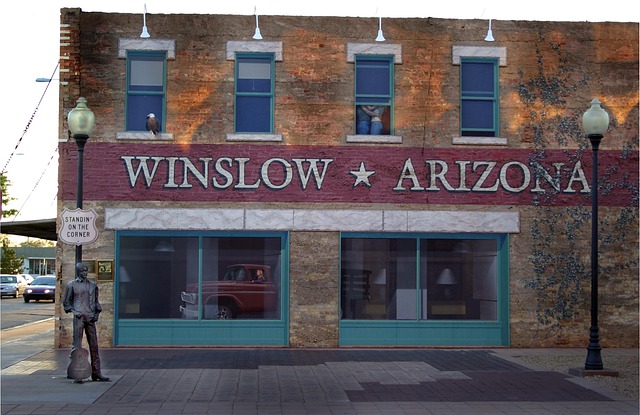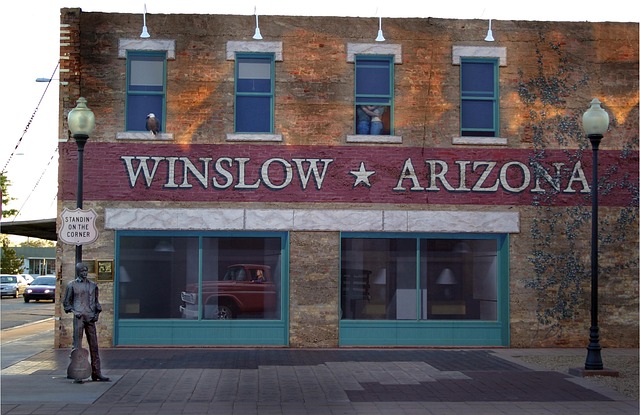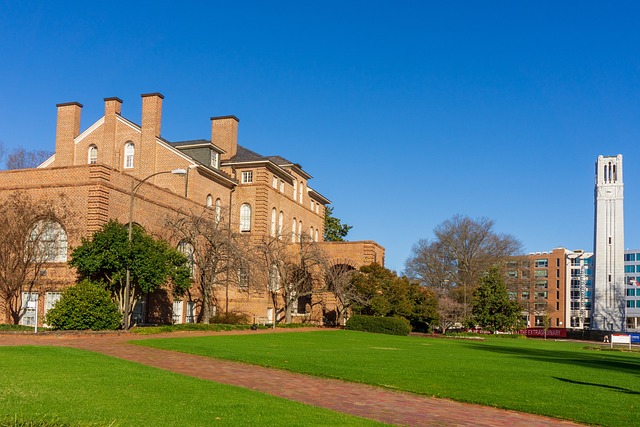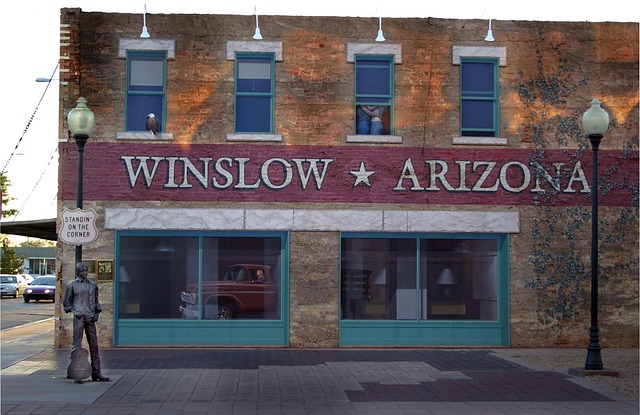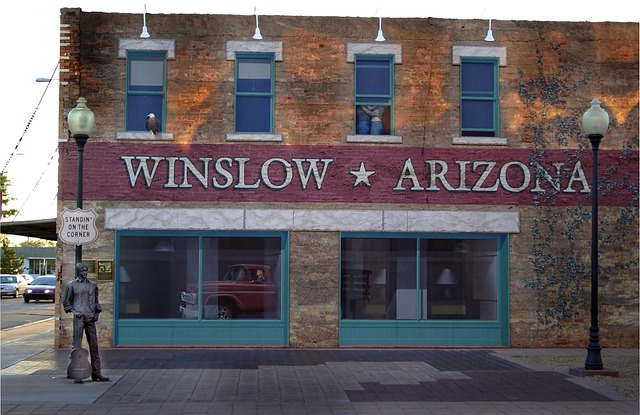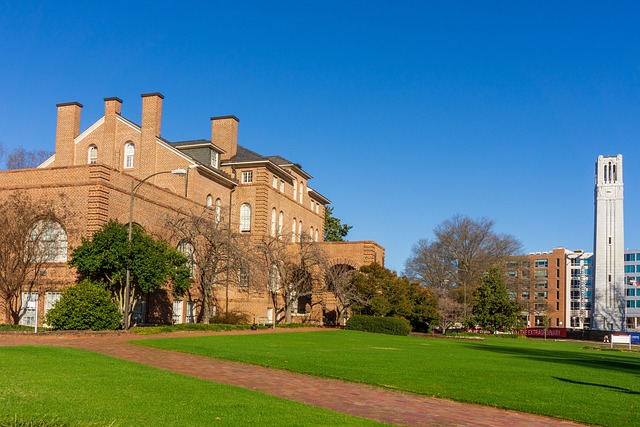Cultural references, including historic landmarks, cuisine, and narratives, significantly shape tourist destinations globally, attracting visitors who seek deeper connections with local identities. Local real estate plays a key role in cultural tourism by offering authentic experiences through diverse accommodations, from bed-and-breakfasts to luxury hotels, which preserve and promote local traditions. This strategy leverages real estate as a powerful tool for cultural engagement, driving economic growth as seen in successful cities like Paris and Tokyo, where rich heritage attracts millions of visitors annually, spurring investment and fostering local economic development.
“Discover how cultural references act as magnets, drawing tourists from around the globe to unique destinations. This article explores the intricate relationship between culture and tourism, focusing on the power of local real estate in shaping visitor experiences. We delve into case studies showcasing successful cultural tourism strategies, revealing how destinations embrace their heritage while enhancing infrastructure to create memorable trips. By understanding these dynamics, travel enthusiasts and industry professionals can unlock the potential of cultural references as key drivers for sustainable tourism growth.”
How Cultural References Shape Tourist Destinations

Cultural references play a pivotal role in shaping tourist destinations, attracting visitors from around the globe. These references can include historic landmarks, traditional festivals, culinary delights, and even fictional narratives that have captured the imagination of people. When tourists embark on a journey to a new place, they often seek to immerse themselves in the local culture, which is heavily influenced by its real estate—the physical surroundings, architecture, and landscapes that bear the marks of its history and traditions.
For instance, iconic buildings, museums, and historical sites become touchstones for visitors who want to understand and appreciate a destination’s cultural heritage. These places offer a glimpse into the past, fostering a deeper connection between tourists and the locale. Additionally, culinary tourism is another powerful draw, where flavors and dishes become cultural ambassadors, enticing food enthusiasts to explore and experience the unique gastronomic offerings of a place, often rooted in its local real estate and agricultural traditions.
The Role of Local Real Estate in Attracting Tourists
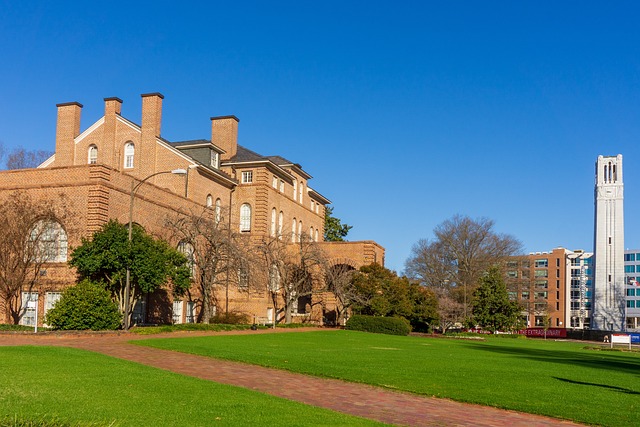
Local real estate plays a significant role in attracting tourists, offering them a glimpse into the authentic cultural landscape. Accommodations, from cozy bed-and-breakfasts to luxurious hotels, serve as more than just places to rest; they become homes away from home, immersing travelers in the local atmosphere and fostering a deeper connection with the destination’s cultural references. The architectural style, historical significance, and even the view from a guest room can all contribute to a tourist’s interest and understanding of the area’s cultural heritage.
Real estate developers and local communities work together to preserve and promote these unique properties, ensuring that tourists not only experience but also appreciate the destination’s rich tapestry. By highlighting the stories and traditions embedded in these spaces, real estate becomes a powerful tool for cultural tourism, transforming how visitors perceive and interact with the place they’re exploring.
Case Studies: Successful Examples of Cultural Tourism
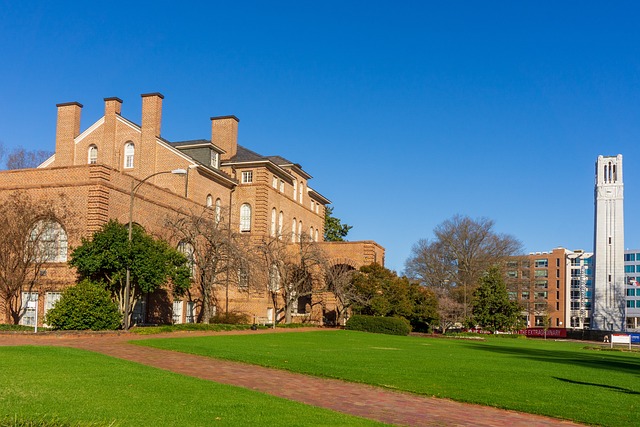
Cultural tourism has become a significant draw for many destinations worldwide, offering visitors an immersive experience of local traditions and heritage. Several cities have successfully leveraged their cultural assets to attract tourists, creating vibrant economies in the process. One notable example is Paris, France, renowned for its rich art history, fashion, and culinary delights. The city’s iconic landmarks like the Louvre Museum, Notre-Dame Cathedral, and the Eiffel Tower not only draw millions of visitors each year but also foster a deep connection with local culture. This cultural tourism boom has led to increased investment in real estate, with many areas undergoing renovation to accommodate the growing demand for accommodation.
Another successful case study is Tokyo, Japan, where traditional customs seamlessly blend with modern innovations. Tourists are captivated by the city’s vibrant street life, ancient temples, and futuristic architecture. The annual Hanami (flower-viewing) season attracts visitors from around the globe to admire the cherry blossoms, fostering a sense of cultural appreciation. This unique blend of old and new has spurred the development of themed tours, cultural events, and specialized accommodation options, further boosting the local economy and real estate market. These examples demonstrate how cultural tourism can thrive when destinations offer authentic experiences that resonate with visitors’ interests.
